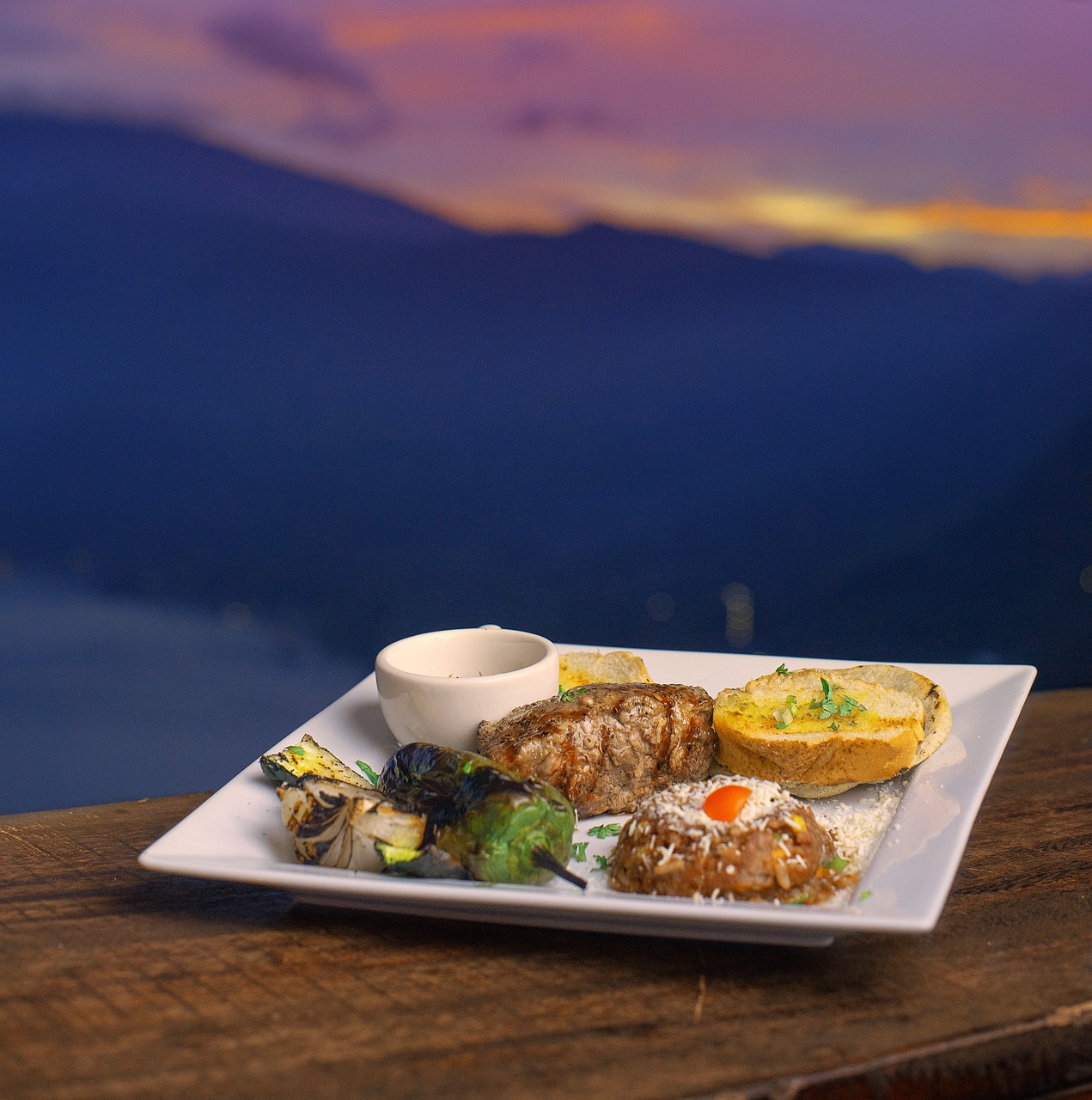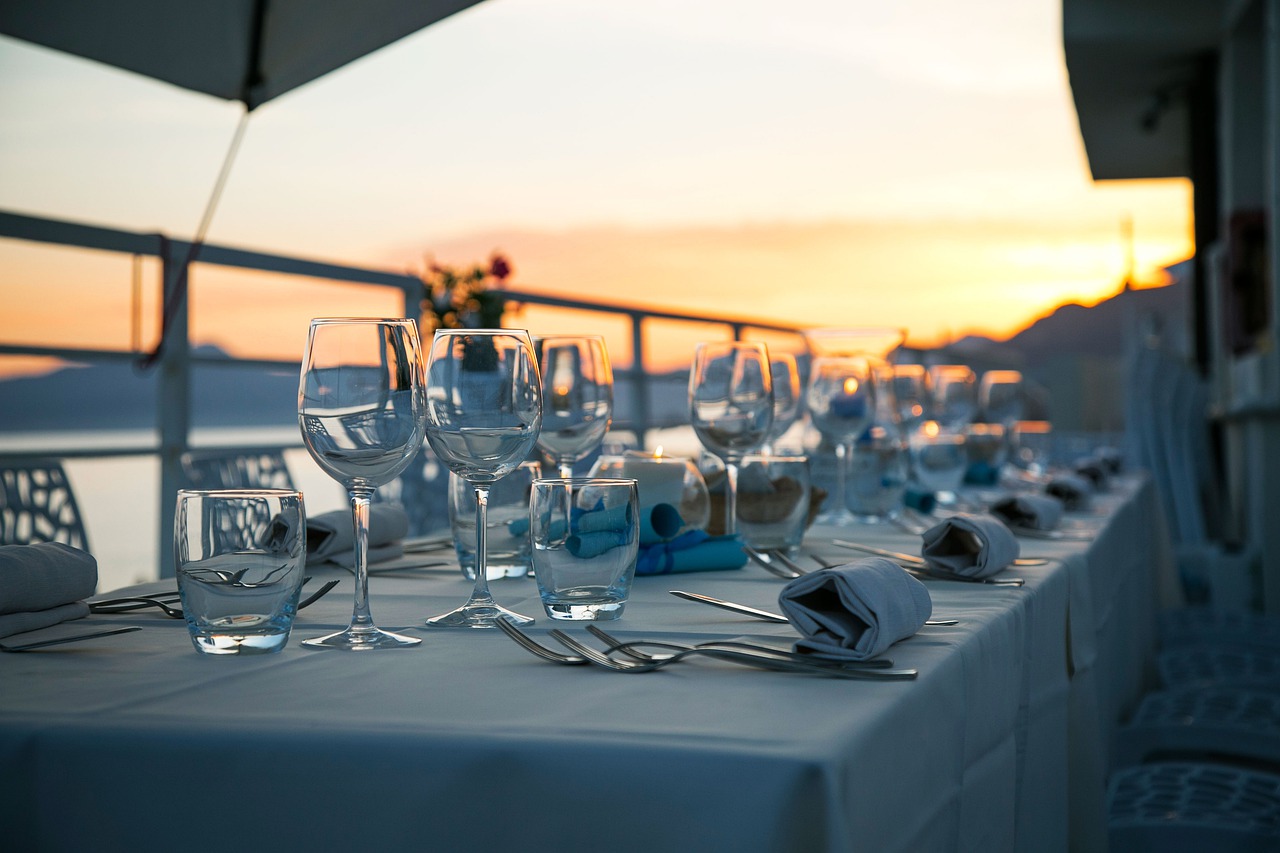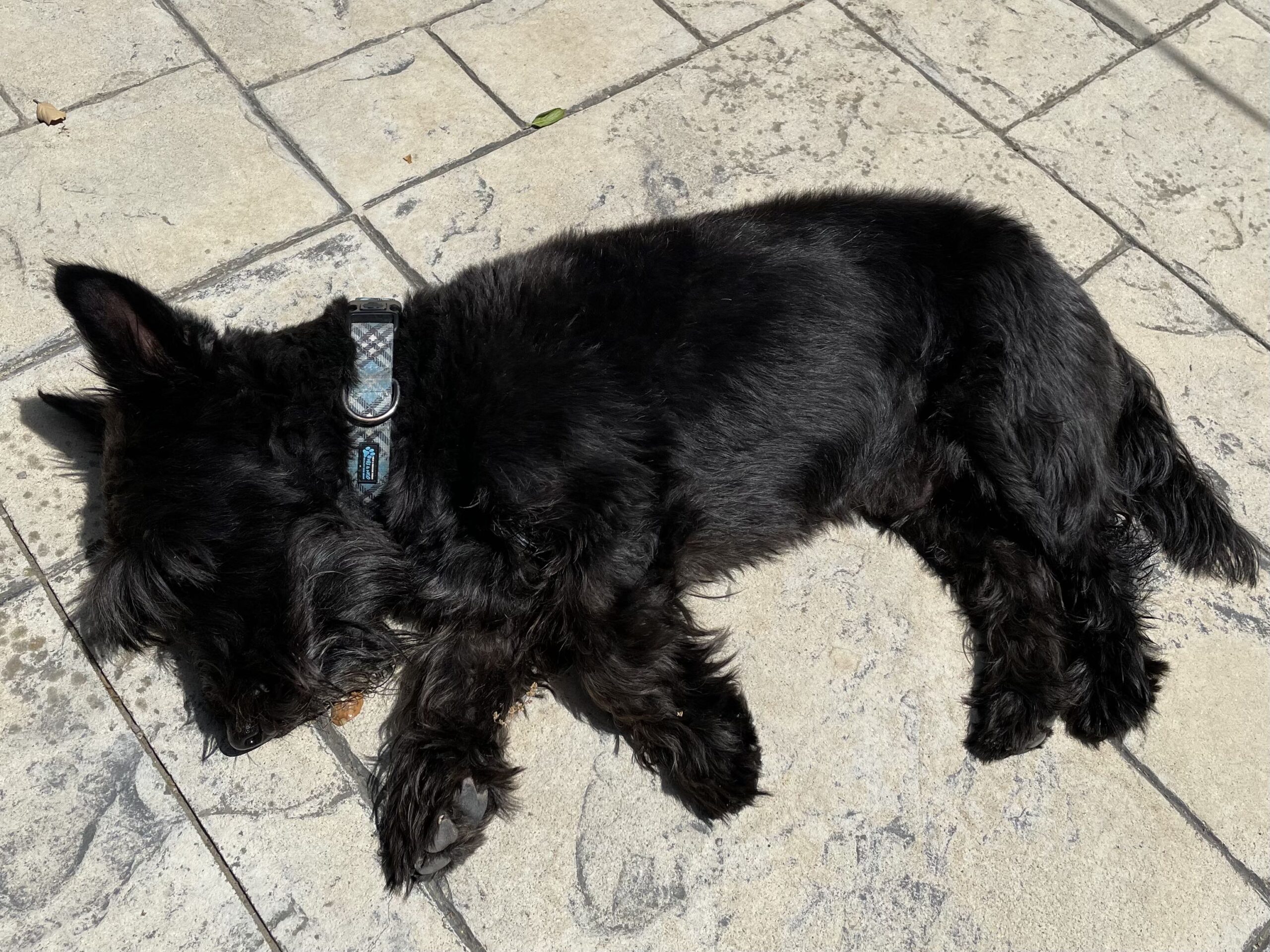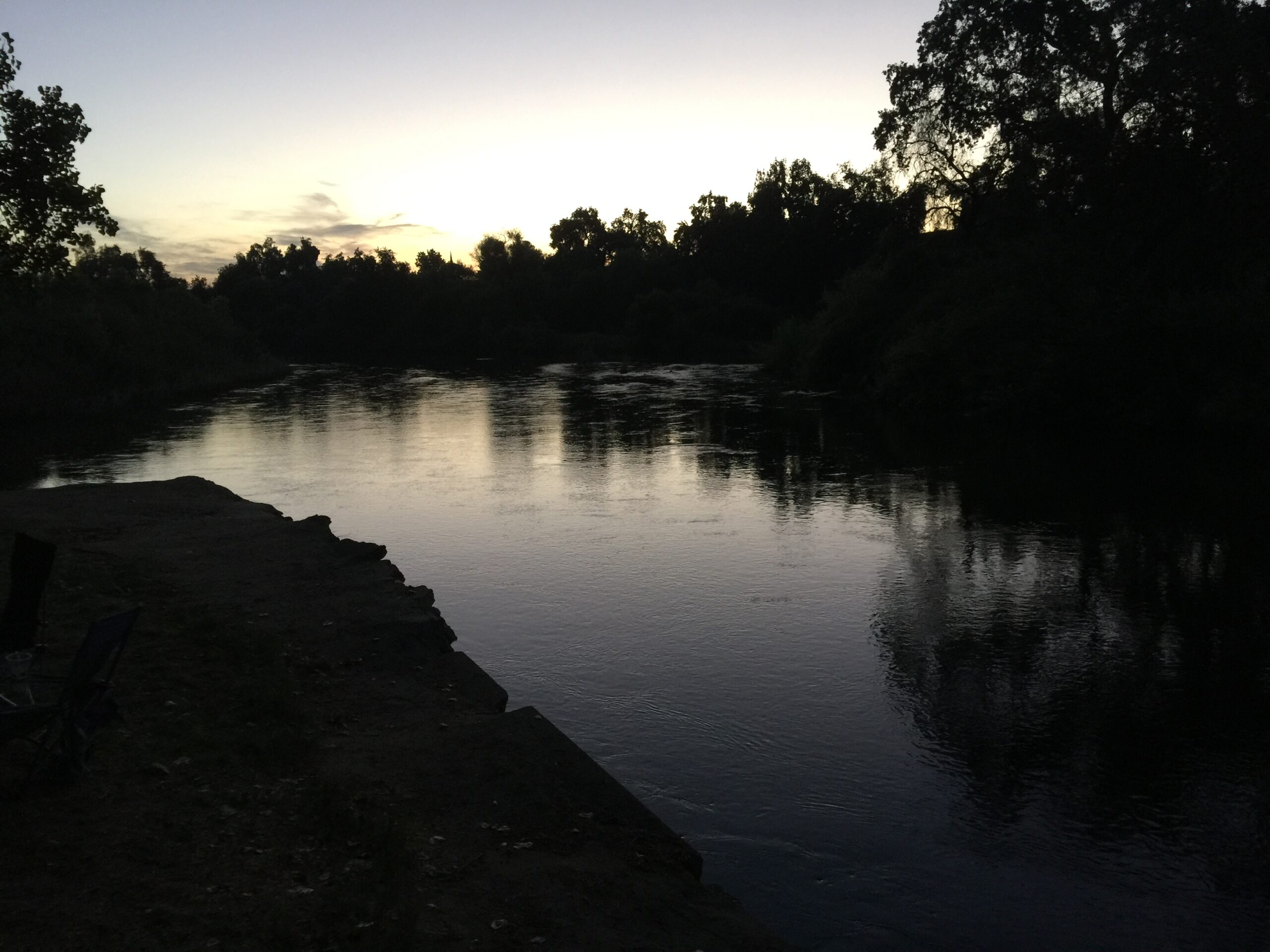
The Battle to Preserve the Table in our Lives
July 1, 2023
Thanks to all of you who added outstanding recommendations to my summer reading blog post. As always, your comments make the post come alive, and I’m grateful. I’ve already read two of the recommendations (On the Road, and The Life and Times of the Thunderbolt Kid), and I’m working on a third (Dirt). I’ve included […]
Blue Zones / Golf / Kiawe Outdoor / Saturday Morning Cartoons / TV

Stop Yelling at the Fruit!
May 19, 2022
“Enough with the fruit already!” That’s what my friend Peter yelled at me while we were golfing last week. I had just bitten into my 2nd apple of the round as I was walking down the 12th hole fairway at the beautiful Soule Park Golf Course. I looked at him with his Diet Coke in […]
AA / Blue Zones / Noom / principalchef.com / Vegetarian

Family, Friends, Community
May 14, 2022
Thanks to all of you who read my last post on my son Sean. I keep track of how many people open each of my weekly posts, and the readership about Sean crushed everything else I’ve ever written. Your comments and emails were powerful and comforting. As good as it felt to write about it, […]
Blue Zones / Dan Buettner / family dinner / Sean Matthews

In Search of Downshifting, or How to Be More Like My Dogs
April 28, 2022
My first two posts in this series on living a long and healthy life focused on moving naturally throughout the day and holding a strong sense of purpose. This week and for Part 3 of this series, I am focusing on downshifting. The Blue Zones research suggests that people in the longest living societies find […]
Blue Zones / retirement / Sleep / Superintendent / Teaching

Is Retirement the Life for Me? (Part 2)
April 23, 2022
First of all, thank to all of you who read and commented on my last post via Facebook, Twitter, and the Blog Site. I love the conversation and I appreciate the wisdom even more. This is Post #2 of Evaluating my Quasi-Retired Life using Dan Buettner’s Blue Zones research. As a reminder, the nine Blue […]
Ben Dale / Blue Zones / Dan Buettner / Fear of Retirement / Purpose / retirement




